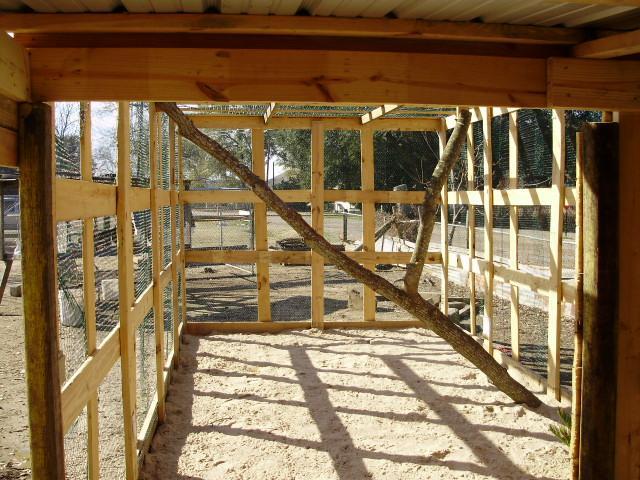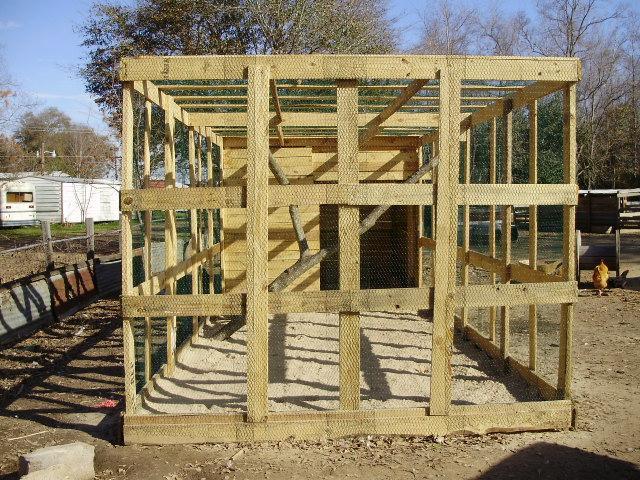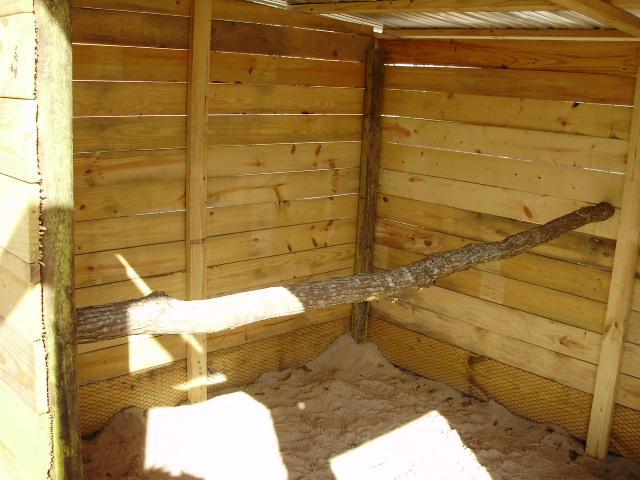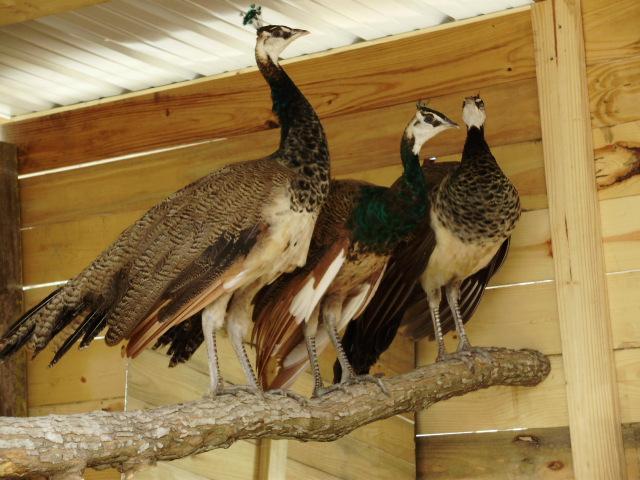We have a 10x4 Covered Sand Run. I was wondering what you all w/ covered sand runs do for maintenance?
Do you hose it down and turn sand?
Do you shovel out every so often (how often?) and add new sand?
Do you use DE in sand run?
Do you hose it down and turn sand?
Do you shovel out every so often (how often?) and add new sand?
Do you use DE in sand run?








